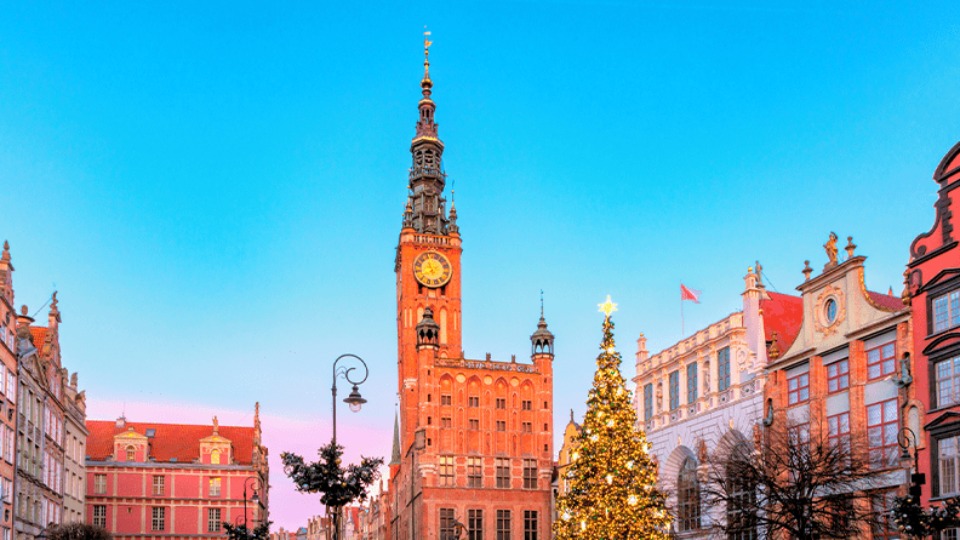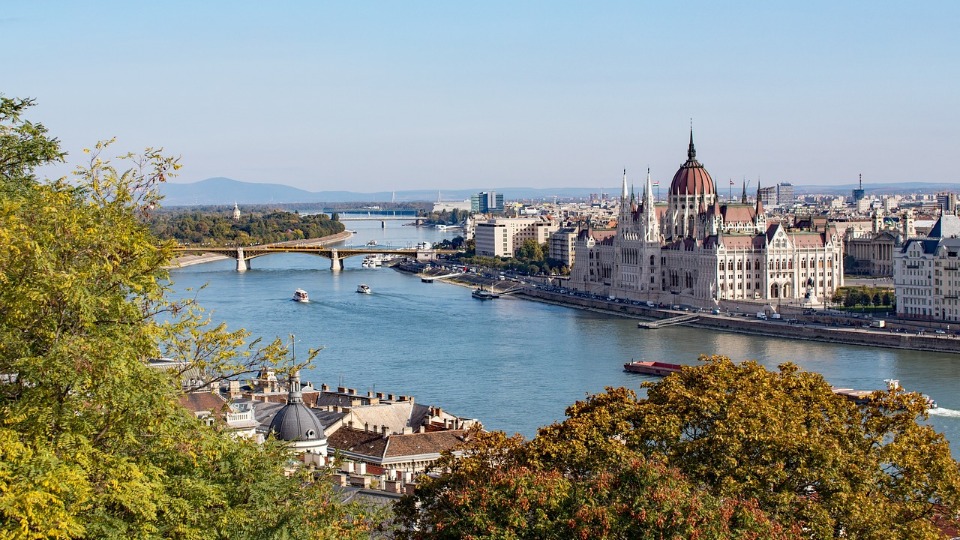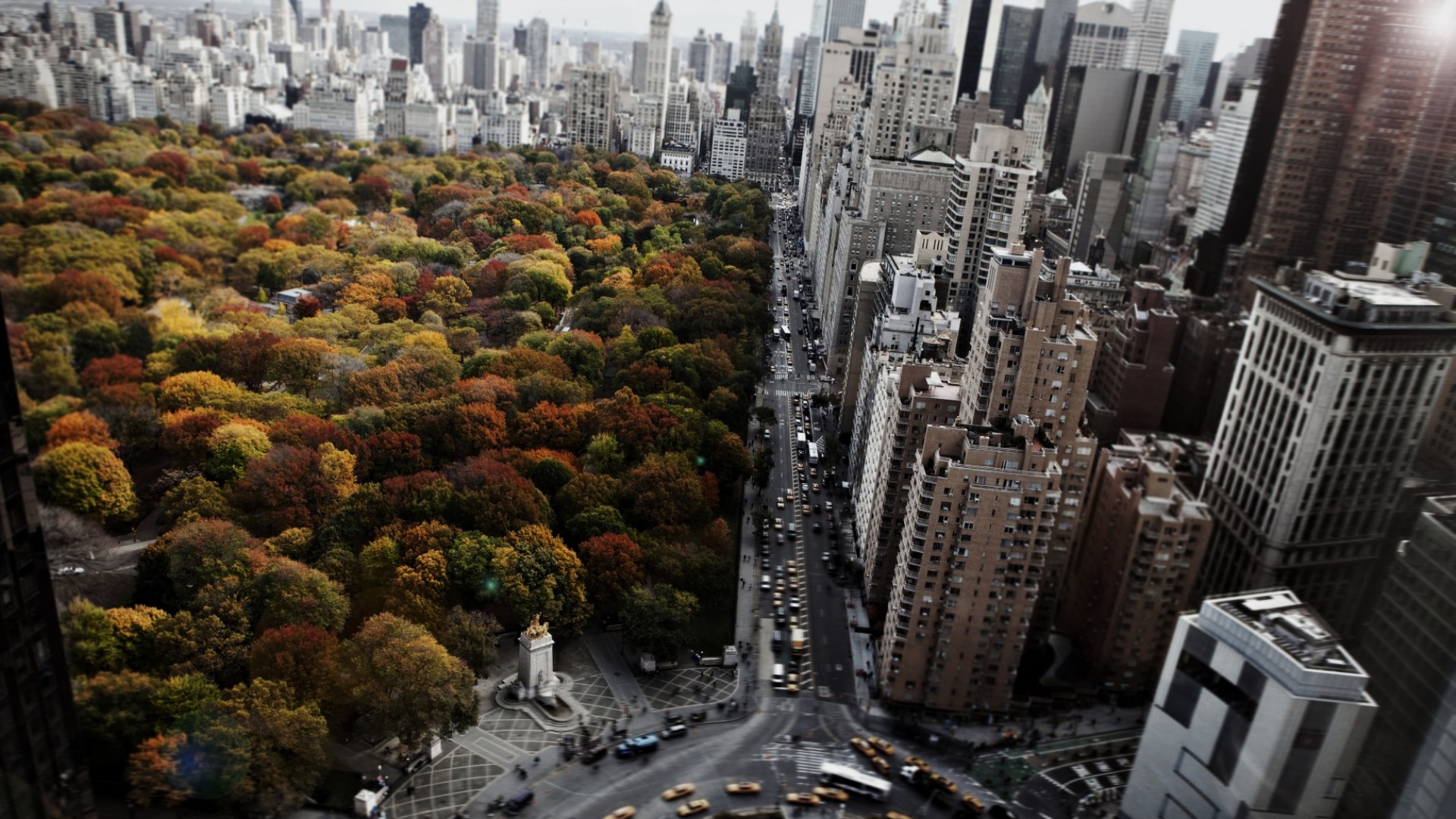
Climbers To Celebrate 70 Years Since The First Everest Ascent

Yet, those who work in the mountain tourism industry and the climbing community are worried about the current conditions on the top.
On May 29, 1953, New Zealander Edmund Hillary and his Sherpa guide Tenzing Norgay were the first people to reach the summit of the mountain that stands 8,849 meters tall. Since then, thousands of climbers have made it to the top, and hundreds more have perished while attempting to reach the summit.
Even as climbers get ready to commemorate 70 years since the first climbing of Mount Everest, climate change is becoming an increasingly pressing issue for those who live in the shadow of the world's highest peak. The declining state of Everest is causing alarm among mountaineers and those whose income is directly tied to the number of tourists that climb the summit each year.
The Sherpa people of Nepal are the most shocked since they were born and raised under the shadow of the mountain they revere as the creator of all life.
Sherpa leader Ang Tshering has been fighting for years to protect the Himalayas and their inhabitants from the effects of global warming. His company, Asian Trekking, organizes a clean-up mission to Everest almost every year, with customers and guides alike bringing down trash left behind by previous climbers. According to Ang Tshering, the high Himalayas have been hit particularly hard by the consequences of climate change and global warming. He recalls tumbling down the glacier near his village as a child while he explored the mountain's slopes. However, it is no longer the case.
The Sherpas who work at Everest's base camp have reported seeing changes in the Khumbu Glacier. Moreover, new studies show that Mount Everest's glaciers have shed the equivalent of two millennia's worth of ice in only 30 years. For example, scientists have measured a decline in the South Col glacier's thickness of more than 54 meters during the previous 25 years. The glacier, which is located at an altitude of about 7,900 meters (26,000 feet) above sea level, has been discovered to be receding at a rate 80 times quicker than it took the ice to develop on its surface.
Duncan Quincey, a glaciologist at the University of Leeds in the United Kingdom, noted that the current ice loss rates from the glaciers likely have no historical parallel, as he described the rate of change as "very quick." Since most of South Asia relies on rivers that start in the Himalayas for farming and water consumption, it's producing difficulties for everyone inside that area, as well as for the communities living downstream. And, according to Quincey, the severity of floods and droughts will increase, as people will no longer be able to rely on water resources in the near future.
On May 29, the Nepalese government and the mountaineering community will honour the climbers and the seasoned Sherpa guides with a ceremony and a march through Kathmandu to commemorate Everest Day.
Source: aljazeera.com








